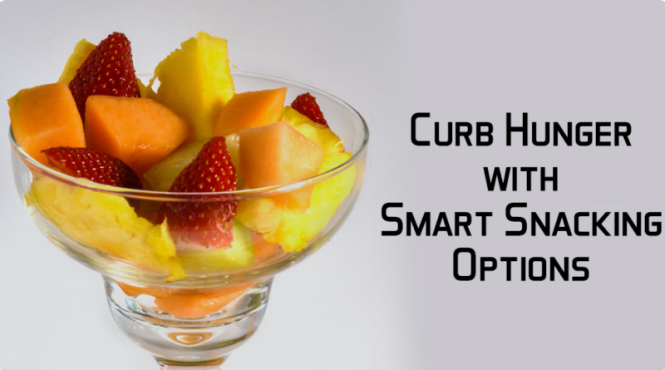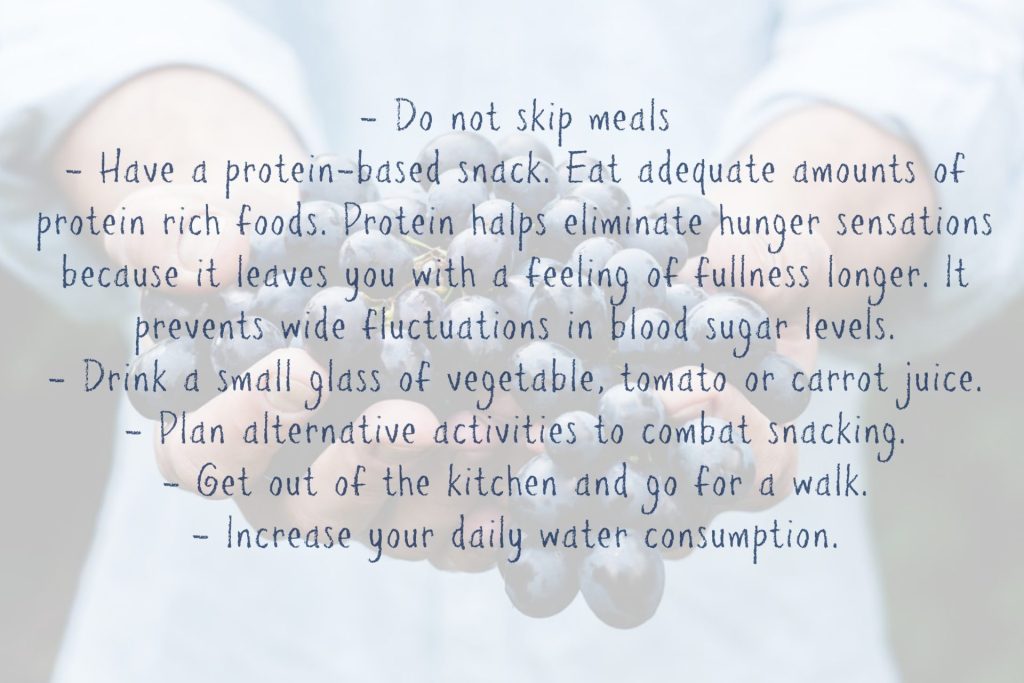

Diet Tips for Snacking Smart is a comprehensive guide to managing hunger between meals in a healthy way. Imagine a world where you can satisfy your cravings without derailing your diet! This guide provides practical and effective strategies for choosing healthy snacks to curb hunger pangs, maximizing your well-being while still enjoying delicious and nutritious options. We’ll explore the pitfalls of mindless snacking and the importance of mindful eating, highlighting the impact of both on your weight loss and overall health. This article will also guide you through a range of healthy snack options and explain how to control portions. Throughout the guide, we’ll delve into mindful strategies, healthy snacks, and portion control techniques. So, let’s embark on this exciting journey of healthier snacking!
Understanding Your Hunger Cues
Recognizing the Difference Between Physical Hunger and Emotional Cravings
Many times, we mistake emotional hunger for physical hunger. Emotional hunger often arises from boredom, stress, or even sadness. Learning to differentiate between these two types of hunger is crucial to making healthier food choices. Physical hunger arises from a need for nutrients. It signals a decline in blood sugar, leading to the feeling of emptiness and rumbling in the stomach. Emotional hunger often involves cravings for specific foods, usually those high in sugar or unhealthy fats. Recognizing these cues is the first step in practicing mindful snacking. By paying attention to the nature of your hunger, you can choose foods that address true nutritional needs and avoid impulsive choices driven by emotions.
Identifying Triggers and Creating a Plan
Another factor to consider in developing smart snacking habits is identifying emotional or environmental triggers. Identifying the causes of your hunger pangs or cravings is vital to effectively addressing them and avoiding mindless snacking. For instance, some people might experience cravings when feeling stressed, while others might reach for snacks when bored or stressed. Developing a plan to address these triggers can be key to achieving your goals. Note down any times, places, or situations where you tend to crave unhealthy snacks, and come up with an alternative strategy to address those cravings in a healthy way. Creating an alternative, healthy routine will help you maintain consistency in achieving your dietary and fitness goals. This could involve keeping healthy snacks on hand, or using stress-relief techniques to prevent mindless snacking.
Choosing Healthy Snack Options
Fruits and Vegetables: Nature’s Perfect Snacks
Fruits and vegetables are excellent sources of essential vitamins, minerals, and fiber. They provide a satisfying crunch and freshness that can curb hunger pangs without adding excessive calories. Apples, bananas, berries, carrots, and celery are great examples of healthy options.
Nuts and Seeds: A Nutritional Powerhouse
Nuts and seeds are a powerhouse of healthy fats, protein, and fiber. They provide sustained energy and help regulate blood sugar levels, which is beneficial for controlling hunger. Choose unsalted and unroasted varieties for optimal nutritional value. Almonds, walnuts, pumpkin seeds, and sunflower seeds are all viable options.
Yogurt and Dairy Alternatives: Calcium and Protein
Yogurt, particularly Greek yogurt, is a rich source of protein and calcium, aiding in feeling full and satisfied. It can make a great snack alternative that keeps you full for longer periods. Dairy alternatives like almond milk or soy milk can also provide protein and calcium without the dairy.
Portion Control Techniques
Mindful Eating: Paying Attention to Your Body’s Signals
One of the most effective ways to achieve successful portion control is through mindful eating. Mindful eating involves paying attention to the physical sensations of hunger and fullness. This practice encourages you to eat slowly and savor each bite. Avoid distractions like phones or TV and focus on eating without rushing.
Using Smaller Plates and Bowls
By using smaller plates and bowls, you subconsciously consume less food, even if you think you’re eating the same amount. Visual cues play a significant role in our perception of portion sizes. By utilizing smaller serving dishes, you can manage your intake more effectively.
The Power of Meal Prep
Meal prepping healthy snacks for the week can ensure you have ready-made options available when hunger strikes. Prepping these snacks ahead of time can help you make healthier choices when you are short on time or feeling overwhelmed.
Mindful Snacking Strategies
Planning Ahead
Planning your snacks in advance is key to healthy snacking. This means having a selection of healthy choices readily available so you’re not reaching for unhealthy alternatives when hunger hits. Create a list of your favourite healthy snacks and ensure you have them on hand, rather than relying on processed foods that often lead to unhealthy choices.
Avoiding Distractions While Eating
Avoid distractions such as TV or phones while you are eating. Focusing on your snack allows you to savour the flavour and pay attention to the fullness cues your body gives you. This helps you control portions and prevent overeating.
Case Study: A Successful Transformation
Sarah, a busy professional, struggled with mindless snacking between meals, often reaching for sugary treats. She found it difficult to control portions, leading to frequent cravings. Adopting mindful snacking habits, she started by identifying her emotional triggers. By replacing her usual treats with healthy options such as fruit and nuts, Sarah significantly reduced her intake of unhealthy calories. This led to a gradual weight loss and improved energy levels. She started planning ahead, preparing healthy snacks for the week, and made sure that healthier snacks were easily accessible. By making these small changes, Sarah successfully transformed her snacking habits, paving the way for a healthier lifestyle.
Combining Exercise and Healthy Snacks
Boosting Metabolism and Appetite Control
Combining exercise with healthy snacks can maximize your efforts in maintaining a healthy weight. Exercise increases metabolism, allowing your body to burn more calories and boosting energy expenditure. Incorporating healthy snacks that support your exercise routine can aid in this process. Healthy snacks are crucial for keeping energy levels stable and preventing overeating when energy levels drop, due to exercise.
Fueling Workouts with Balanced Snacks
Balancing your exercise routine with healthy snacks can improve energy levels and support efficient workouts. Examples of healthy options to fuel workouts include yogurt with fruit, granola bars with nuts and seeds, or protein smoothies. Choosing the right snacks will ensure you have sustained energy for your workouts without overwhelming your diet.
Making Snacking a Healthy Habit
Consistency is Key
Consistency is crucial for establishing healthy habits and making them a part of your routine. Stick to your plan and continue to experiment with different healthy options. Creating consistent and sustainable healthy snacks is key to your dietary needs.
Tracking Progress and Making Adjustments
Monitoring your progress and adapting your approach as needed is important to achieving long-term success. Keep a food diary or use an app to track your snacks and their impact on your overall health. Adjust your strategy based on what works best for you, ensuring you feel satisfied and supported in your journey.
Frequently Asked Questions (FAQ)
How often should I snack between meals?
Snacks should be consumed roughly every 3-4 hours to prevent hunger pangs and maintain energy levels. Listen to your body, and consume snacks when you feel the need for one. This pattern will help you feel full, sustained and less prone to overeating.
What are some practical tips for portion control when snacking?
Use smaller plates and bowls to visually reduce portions. This can trick your brain into thinking you’re eating less. Also, savor each bite, take your time to appreciate the flavour and texture of your snacks, enabling mindful eating and helping your body process the nutrients more efficiently.
Healthy Snacking Strategies
Importance of staying Hydrated
Staying hydrated is crucial when following a healthy snacking regime. Drinking enough water throughout the day prevents dehydration and helps to regulate appetite.
Importance of Sleep
Getting enough sleep supports a healthy metabolism and prevents fluctuations in blood sugar levels. Sufficient sleep is imperative for a consistent and effective snacking plan.
In conclusion, strategically planning your snacks is crucial for successful weight management and overall well-being. By understanding your hunger cues, choosing nutrient-rich options, and incorporating mindful eating practices, you can easily manage cravings and achieve sustainable healthy habits. We encourage you to experiment with the diverse snack suggestions, adapting them to your preferences and dietary needs. Remember to listen to your body and adjust your approach as needed. To further enhance your snacking journey, consider consulting a registered dietitian or nutritionist for personalized guidance, tailored to your specific requirements. This will enable you to achieve optimal results and build a solid foundation for a healthier future!